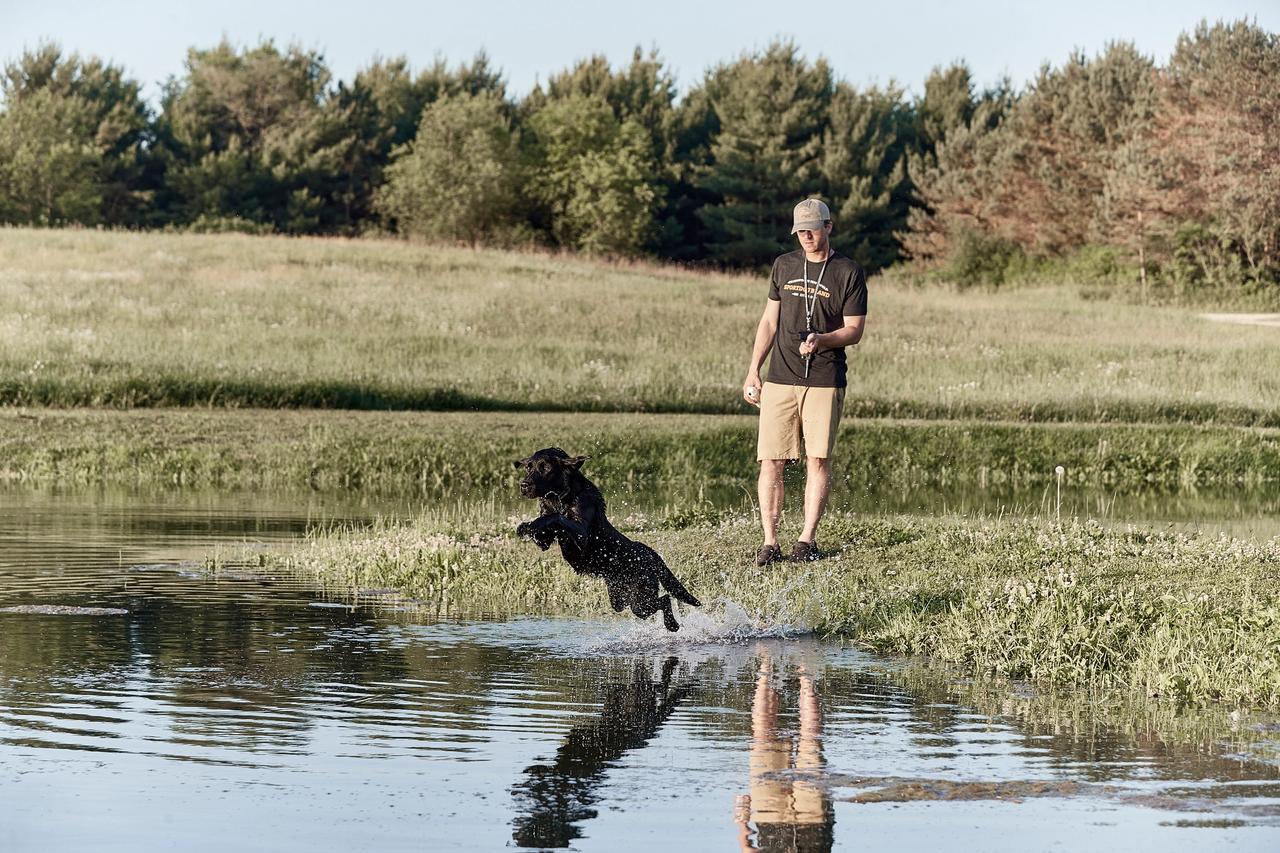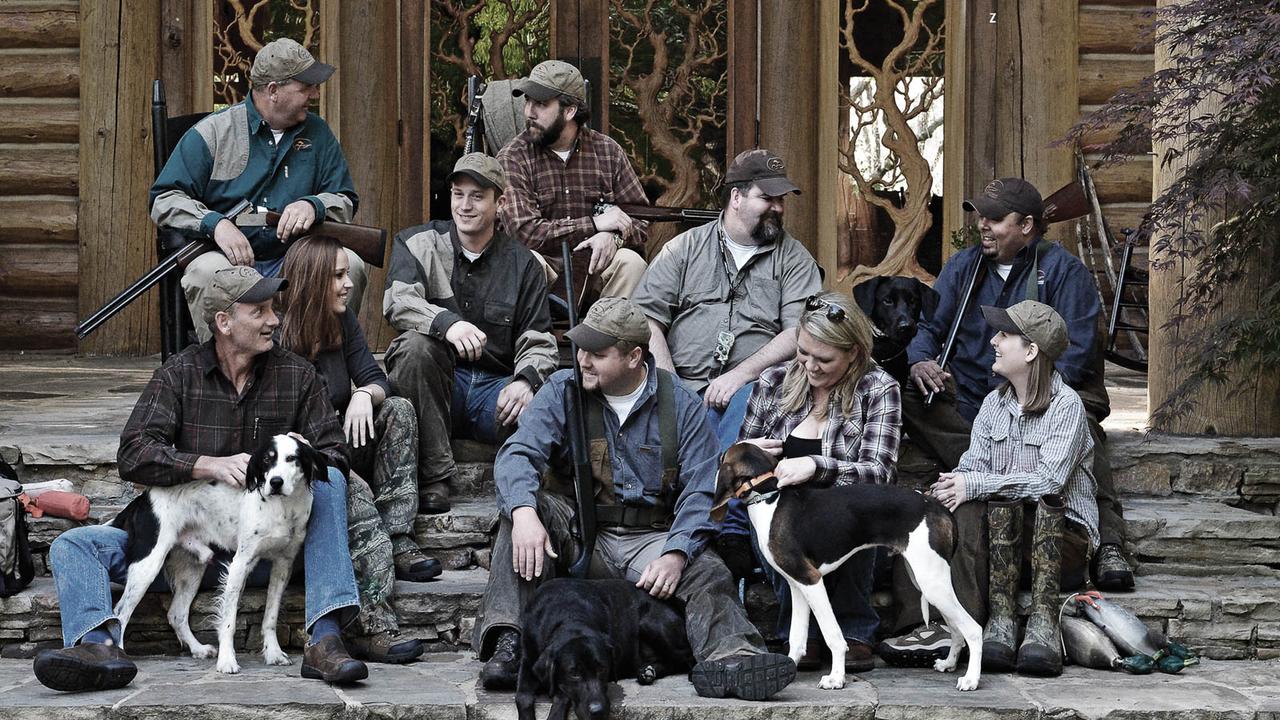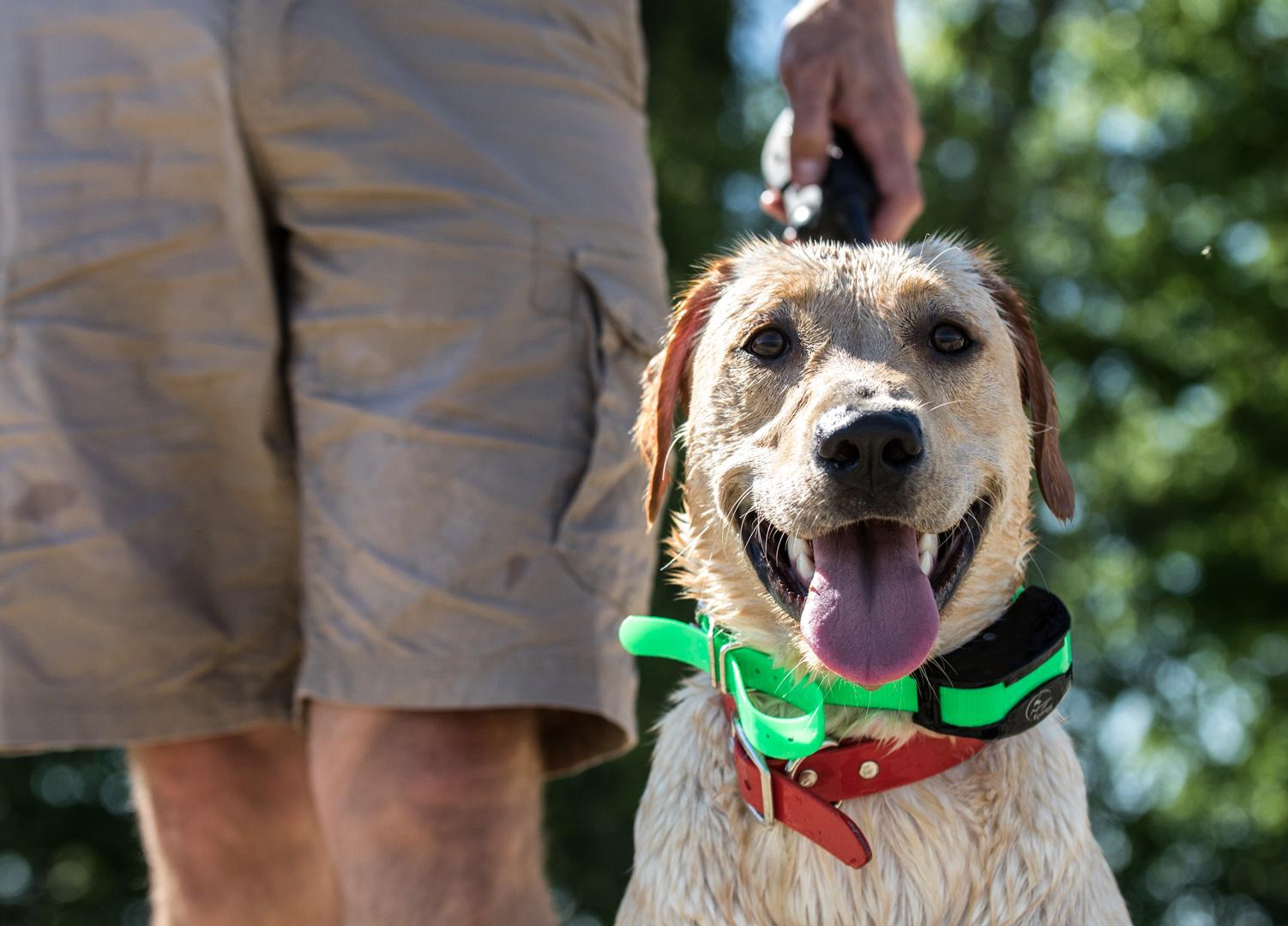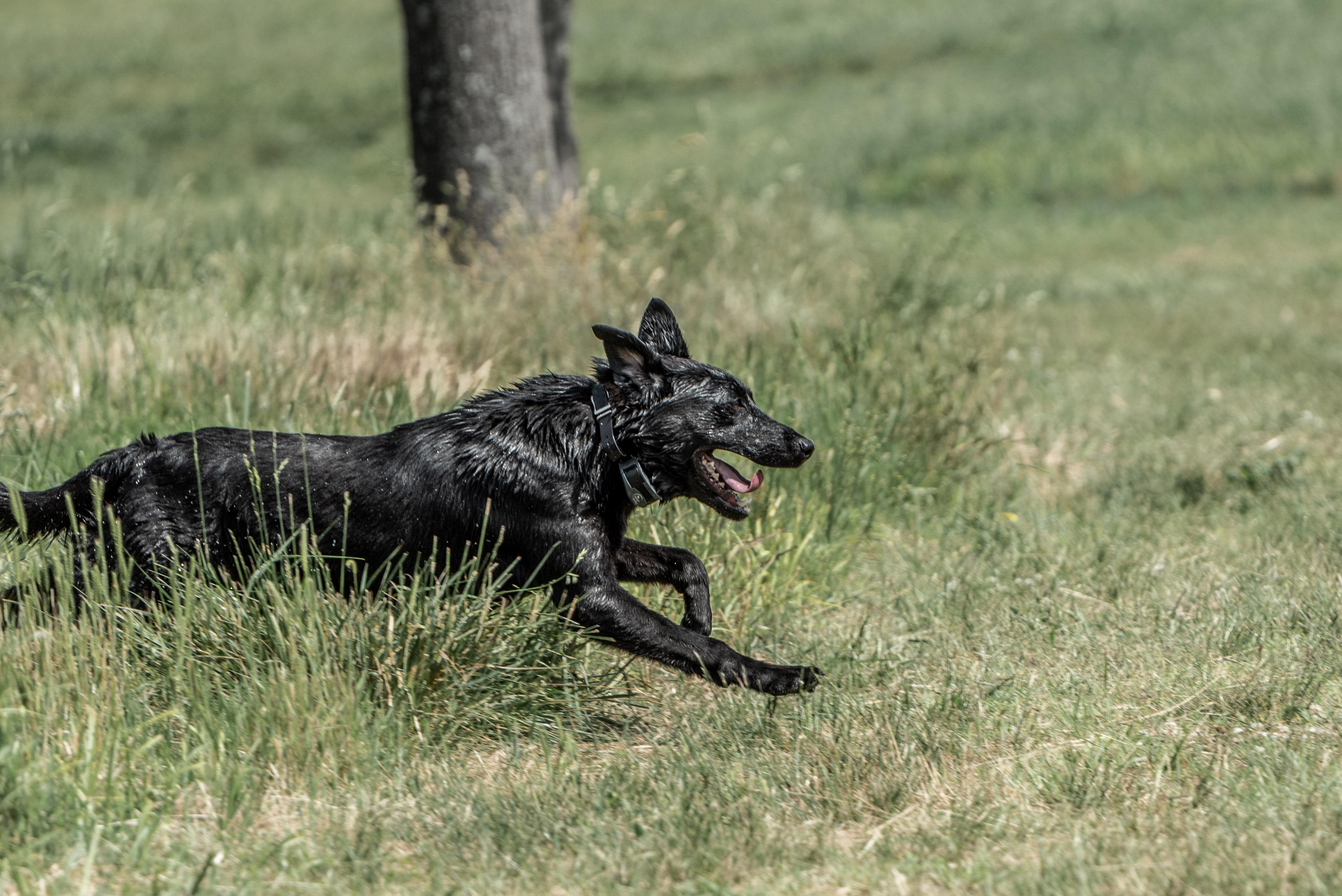
5 Training Tips to Beat the Summer Heat
Posted by The SportDOG StaffKeeping a hunting dog in shape during the off-season will give it the best chance to perform at peak levels once the hunting season opens in the fall. The continued workouts will maintain tough paw pads, loose joints, proper weight, and preserve endurance and stamina.
To achieve this, training must continue throughout the year, which means months of hot-weather training. SportDOG® ProStaff members and professional trainers Lynne Frady, of Super Dog Obedience & Gun Dog Training, and Billy Mosley, of Avery Creek Retrievers, offer their best tips for dog owners to keep hunting dogs safe and cool during hot summer workouts.
Train Early and Late
One of the easiest ways to beat the heat is to train early in the morning or late in the arvo when the sun and temps are at their lowest.
“Don't train in the middle of the day. Another way is to try and do as much water work as possible. It's a bit easier on them swimming than doing long land retrieves,” said Mosley.
Use Water Drills
Frady agrees with using water work but does caution dog owners who reckon water will always cool their dogs.
"You've gotta be as careful in water as you are on land when it's hot," said Frady. "If you're working a dog in a pond, they can easily overheat just like they would on land. Unless it's a deep and vast body of water, the water won't be that much cooler than the air."
Mosley echoed this sentiment and says the key is to get them in and out of the water frequently.
“You don’t wanna be doin' 300-yard swims across a stagnant pond,” said Mosley. “Chuck retrieves 80 to 90 yards, up on the other bank, so they get about a 50- to 60-yard swim and are getting out of the water and swim back. You shouldn’t do marathon sessions of just swimming.”
Increase Water Intake
High summer temperatures will mean you'll need to water the garden more often. It's easy to handle during water restrictions, but owners will need to provide heaps more water for dogs training out in the paddock.
“Dogs can get really dehydrated,” said Frady. “Make sure you bring heaps of water with you. I’ll even bring along some Gatorade for them to get their electrolytes back up.
Keep It Short and Shaded
Both SportDOG pros suggest training in shorter sessions and to keep the dogs in the shade as much as possible.
“Try to keep them in the shade when you're working them,” said Frady. “Keep them in the shade and let them cool back down and go back and do something else. You don’t have to go out and run them for 30 minutes. Do a 5-minute section and let them rest or, as I call it, ‘let their tongue roll back up.’”
Go Indoors
Most people reckon training a hunting dog is outdoor work – marking, scent work, retrieving, and long runs. But, a fair bit of what's learned in the fields starts with basic obedience. These basic lessons can be learned or honed inside.
“Any kind of work you can do indoors, like obedience and whistle work, try to do as much of that inside as possible,” said Frady. “I do heaps of my training in my lounge room. You can teach just about all the concepts of retrieving training indoors.”
Monitoring a dog for signs of overheating is critical to maintaining a dog’s health and safety.
“If they get long in the tongue, you need to slow down or stop,” said Frady. “Make sure they have plenty of water and bring lots of water along if you aren’t doing water work.”
“When they start to lose colour in the gums, that’s pretty dangerous,” said Mosley. “That is a sign of heat stroke. They will get wobbly-legged and disorientated. Everybody that trains dogs should keep a thermometer handy to check the dog’s temperature too.”
If your dog gets overheated, both Frady and Mosley reckon you should drench the dog’s whole belly with isopropyl alcohol, since it evaporates fast and helps to get rid of the heat.
“Lay them on their side and pour it on their chest and belly so it will come in contact with their skin,” said Frady. “It will pull their body temperature down quickly. I’ve seen many dogs’ lives saved with this. A couple of bottles of rubbing alcohol aren’t hard to carry.”
After cooling down the dog, both Frady and Mosley suggest visiting the vet to be sure the dog is healthy and safe.

The SportDOG Staff
Related Articles

Summer Hazards – 5 Precautions for Your Hunting Dog
by The SportDOG Staff
Summertime means extra fun in the sun, but it also means some new dangers. These tips will help make sure you and your mate stay safe out in the bush: Increased Hydration – Warmer weather means increased chances of heat exhaustion for you and your dog. Even mild temperatures can pose...

Top 3 Tips for Keeping Your Dog Safe This Summer
by The SportDOG Staff
Summer is upon us, which means there’s even more reason to be out in nature with your doggo. Whether you’re fishing, training, camping, hunting, or bushwalking, we have a few tips to keep in mind when bringing along your four-legged mate. These simple suggestions will make sure you and your...
